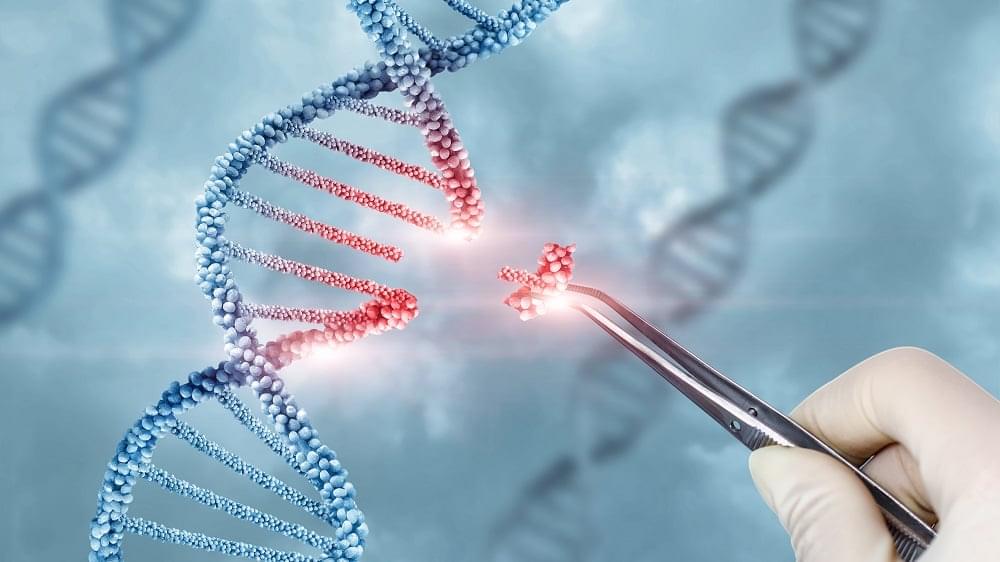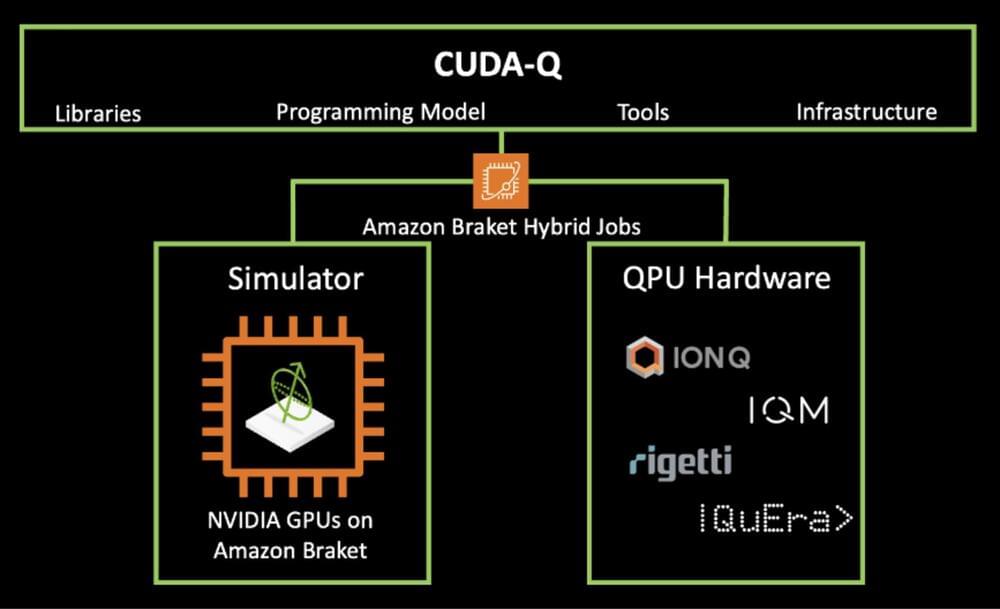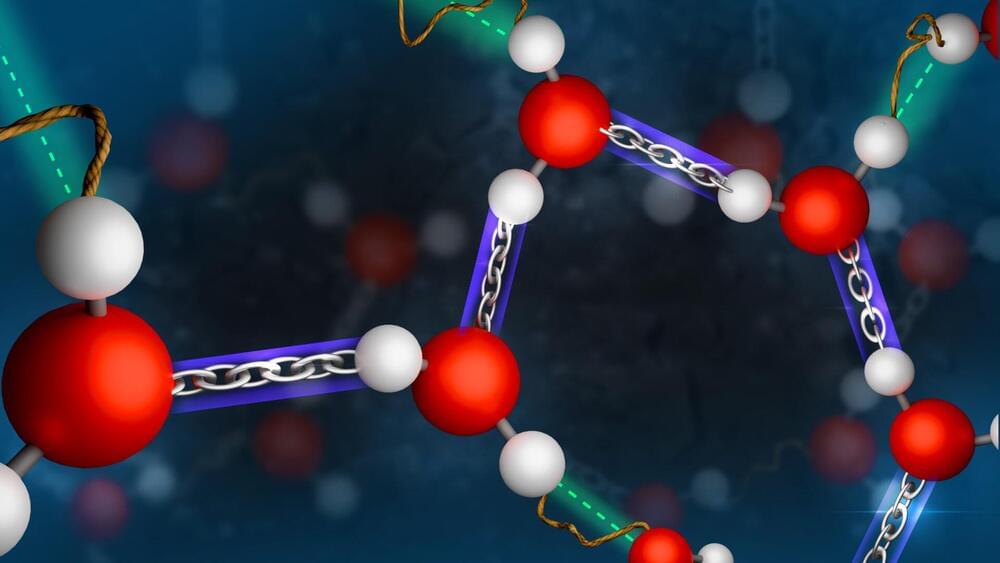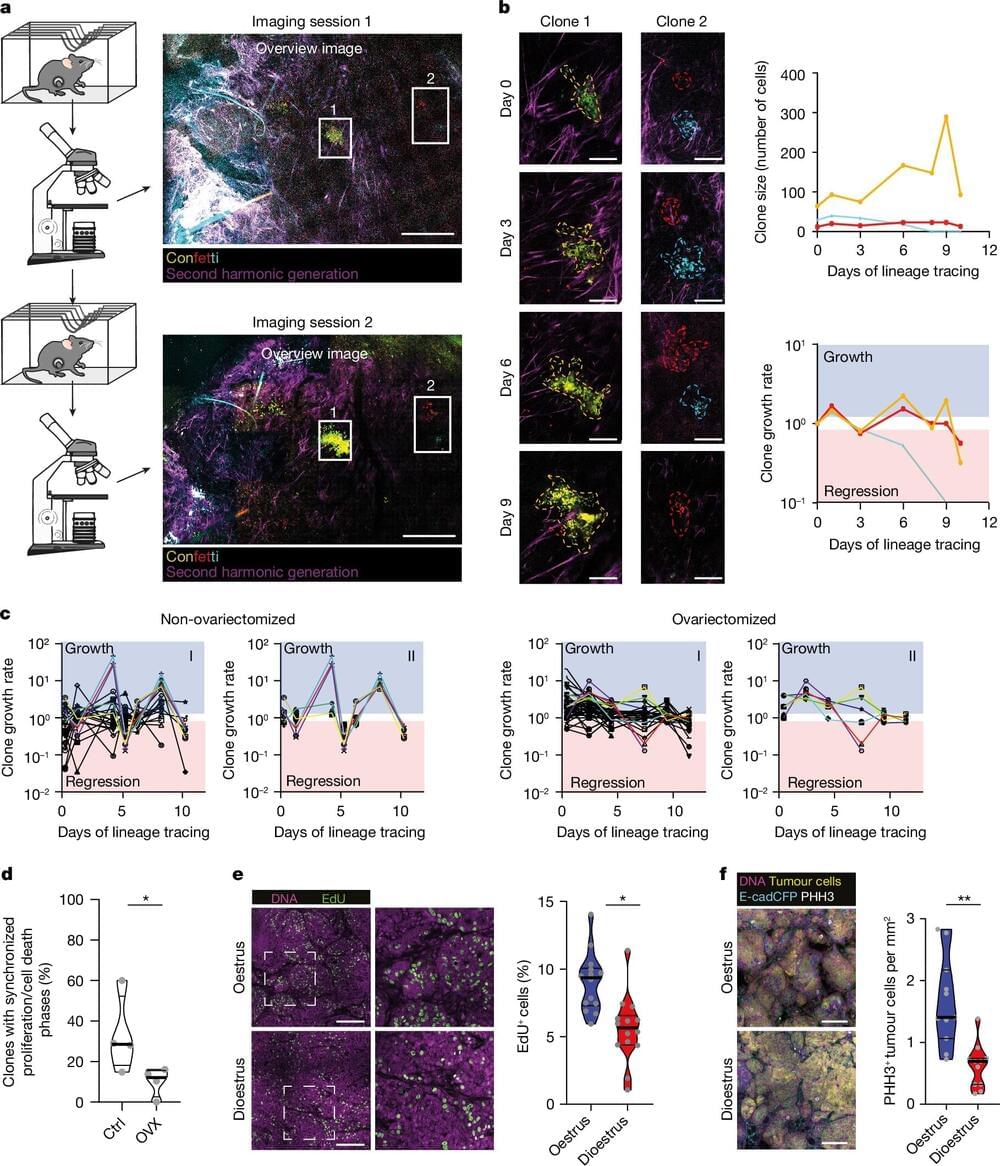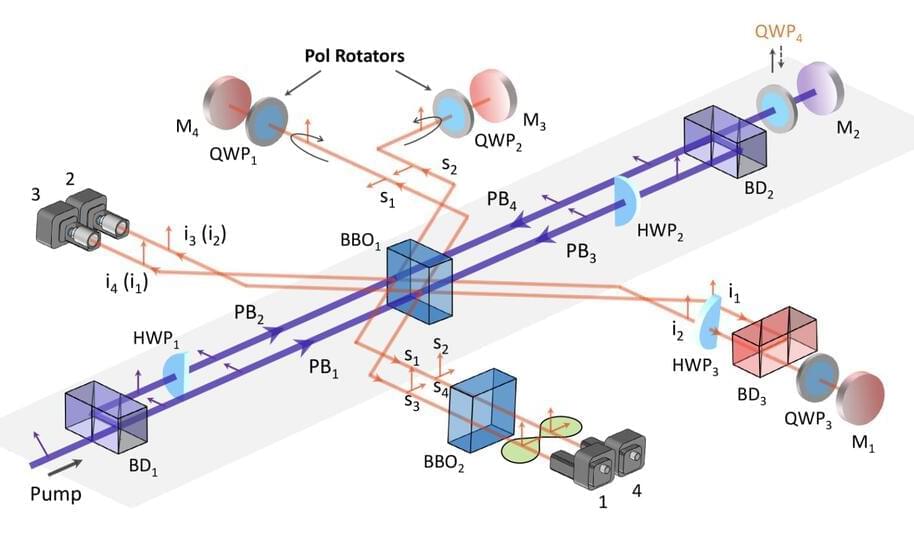O.J. Sanchez, who oversees F-16 and F-22 development and sustainment at Lockheed Martin, will take over the famed Skunk Works unit in January.
Hackers Infect 8,000,000 Smartphones As ‘SpyLoan’ Drains Bank Accounts, Steals Sensitive Data for Extortion: McAfee Alert
Posted in cybercrime/malcode, finance, mobile phones | Leave a Comment on Hackers Infect 8,000,000 Smartphones As ‘SpyLoan’ Drains Bank Accounts, Steals Sensitive Data for Extortion: McAfee Alert
Cybersecurity firm McAfee says it’s identified a “significant global increase” in a smartphone hack that triggers extortion, harassment and drains bank accounts.
McAfee says hackers are increasingly deploying a group of malicious financial apps containing “SpyLoan” malware, posing a serious threat with more than eight million active installations around the world.
The apps are on Google Play and use the names, logos, brand colors and interfaces of well-known financial institutions.
Scientists from the Longevity Research Institute (LRI), which was formed by the merger of SENS Research Foundation and Lifespan.io, have achieved expression of an essential mitochondrial gene in the nucleus and proper functioning of the protein. This could pave the way for curing diseases caused by mitochondrial mutations [1].
The fragile mitochondrial DNA
The prevailing scientific consensus is that mitochondria were once independent microorganisms that entered a symbiotic relationship with larger cells. This duo gave rise to eukaryotic cells: the building blocks of all multicellular life. Without that fateful “marriage,” complex life would not exist, as mitochondria provide cells with essential energy via oxidative phosphorylation.
AWS and NVIDIA are teaming up to address one of the biggest challenges in quantum computing: integrating classical computing into the quantum stack, according to an AWS Quantum Technologies blog post. This partnership brings NVIDIA’s open-source CUDA-Q quantum development platform to Amazon Braket, enabling researchers to design, simulate and execute hybrid quantum-classical algorithms more efficiently.
Hybrid computing — where classical and quantum systems work together — is actually a facet of all quantum computing applications. Classical computers handle tasks like algorithm testing and error correction, while quantum computers tackle problems beyond classical reach. As quantum processors improve, the demand for classical computing power grows exponentially, especially for tasks like error mitigation and pre-processing.
The collaboration between AWS and NVIDIA is designed to ease this transition by providing researchers with seamless access to NVIDIA’s CUDA-Q platform directly within Amazon Braket. This integration allows users to test their programs using powerful GPUs, then execute the same programs on quantum hardware without extensive modifications.
Three high schoolers and their mentor revisited a century-old theorem to prove that all knots can be found in a fractal called the Menger sponge.
Icebergs float on water because the underlying liquid water has a higher density than the iceberg. Liquid water itself has its highest density at 4°C—one of the so-called anomalies of water, i.e. properties of liquids that are rarely observed for other liquids.
The origins of these anomalies have long been the subject of scientific research. Researchers at the Max Planck Institute for Polymer Research have now discovered another piece to the puzzle to explain the special behavior of water.
Many of the anomalous properties of water can be traced to the special interactions between the individual water molecules —the so-called hydrogen bonds. Each water molecule can donate two of these bonds—one from each hydrogen atom—and accept two of them from other, neighboring molecules.
The Netherlands Cancer Institute has found that the estrous cycle stage significantly influences mammary tumors’ sensitivity to chemotherapy. In mouse models of breast cancer, treatment initiated during the diestrus stage resulted in reduced responses to chemotherapy compared to initiation during the estrus stage.
The human body contains internal timekeeping clocks to adapt to environmental changes, including infradian rhythms like the menstrual cycle. Fluctuating hormone levels during these cycles regulate physiological adaptations, which may impact responses to therapies.
Understanding factors that contribute to the heterogeneity in chemotherapy responses is crucial for improving treatment outcomes in breast cancer.
PRESS RELEASE — Physicists have discovered a simpler way to create quantum entanglement between two distant photons — without starting with entanglement, without resorting to Bell-state measurements, and even without detecting all ancillary photons — an advance that challenges long-held assumptions in quantum networking.
And all it took was a friendly nudge from an artificial intelligence tool.
An international team of scientists led by researchers from Nanjing University and the Max Planck Institute for the Science of Light described their method in Physical Review Letters — accessed for this article through arXiv — that demonstrated entanglement can emerge from the indistinguishability of photon paths alone. Instead of relying on standard procedures that start from prepared entangled pairs and complex joint measurements, their technique leverages a basic quantum principle: when multiple photons could have come from several possible sources, erasing the clues to their origins can produce entanglement where none existed before.
Cooler stars may consciously alter their speed through self-directed jet emissions, researchers suggest.
Spontaneous parametric down-conversion (SPDC) and spontaneous four-wave mixing are powerful nonlinear optical processes that can produce multi-photon beams of light with unique quantum properties. These processes could be leveraged to create various quantum technologies, including computer processors and sensors that leverage quantum mechanical effects.
Researchers at the National Research Council of Canada and École Polytechnique de Montréal recently carried out a study observing the effects emerging in the SPDC process. Their paper, published in Physical Review Letters, reports the observation of a gain-induced group delay in multi-photon pulses generated in SPDC.
“The inspiration for this paper came from studying a process called SPDC,” Nicolás Quesada, senior author of the paper, told Phys.org. “This is a mouthful to say that certain materials are able to take a violet photon (the particle light is made of) and transform it into two red photons.


